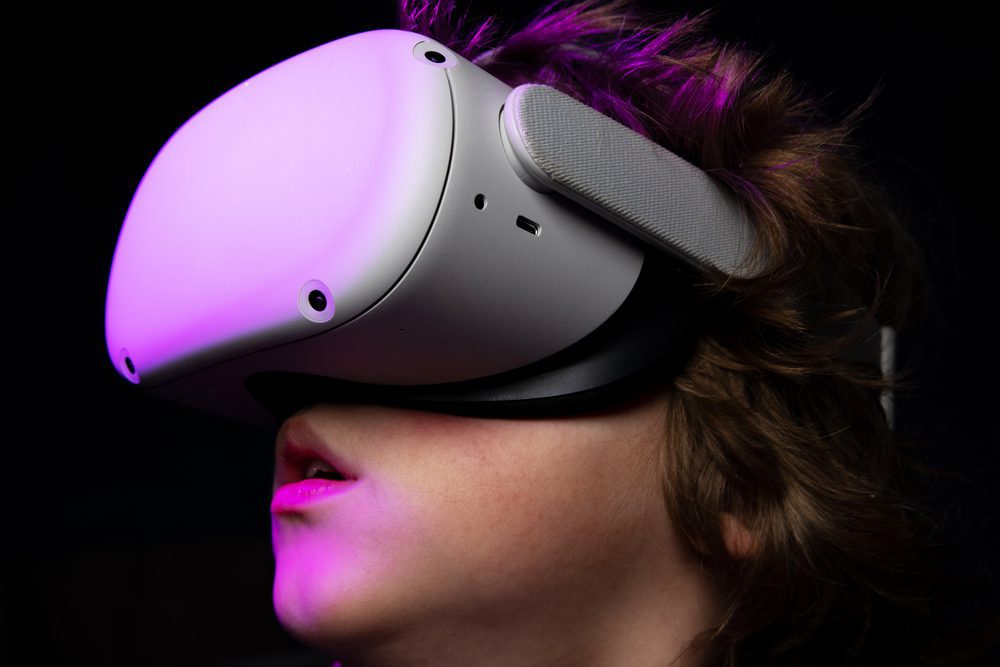Metaverse Meltdown Looks Poised to Continue into 2023

New year, new opportunity — but for the metaverse meltdown, well, that seems poised to continue.
By the looks of it, the metaverse (and Meta’s push) should be a sure bet, a slam dunk.
PYMNTS’s recent data show the world continues to get connected digitally, across a range of everyday activities, from transacting to enjoying streaming entertainment and gaming and linking up with people worldwide. The pandemic has been a tailwind here and has been conducive to us living life at home, online and longing to interact with others through all manner of channels.
An immersive experience that is truly global in scope and uses cool gadgets (augmented reality headsets) would seem poised for takeoff.
Hardware Sales Are Pressured
It has not worked out that way. Meta’s woes are a proxy for the metaverse’s woes. And as 2022 drew to a close, CNBC reported that NPD data shows that sales of VR headsets in the U.S. this year declined 2% from a year earlier to $1.1 billion in early December. Separately, as noted by CNBC, there was a 12% decline in the number of global augmented reality (AR) and VR headset shipments (in terms of units) compared to 2021, according to the analytics firm CCS Insight.
The implication is stark: If sales of the hardware that enables the leap into virtual reality are pressured, then this means that fewer people are clamoring to be part of that digital, social fabric. Price certainly remains a factor, as the headsets can top $1,100, and we’re living in an age where simply putting food on the table is a challenge when inflation remains, stubbornly, in the high single-digit percentage points. Nothing screams “discretionary” spending like a headset that allows you to converse with an avatar of your best friend who lives down the street.
In the meantime, Meta will keep devoting 20% of its investments to the metaverse, according to recent reports. October’s earnings results may signal that the strategy is one of throwing good money after bad: Meta said the Reality Labs division accounted for a $3.67 billion hit to earnings and has spent $9 million through the first three quarters of this year alone. Investors have signaled their displeasure with the moves, as Meta’s stock lost about two-thirds of its value in 2022. Meta’s got to contend with the likes of Apple, HP and others looking to gain a slice of the metaverse market, should it materialize — but they are arguably staking less of their lives and reputation on the endeavor.
Among the reasons that the metaverse has not taken off: There’s no clear-cut use case, or set of use cases, that are not served by other apps, games or experiences.
The ennui is palpable. Consider that in December, the European Union spent the equivalent of about $400K on an online “gala” celebrating the launch of its metaverse, designed to attract politically minded young citizens. About six people showed up. That’s less than an after-work meeting at the local Applebee’s and no one needs a $500 headset to get there.
The confusion of what the metaverse wants to be was explained to this PYMNTS writer by a teenager who has an Oculus headset, bought in a flurry of excitement but used only on occasion (sparingly). As he told PYMNTS Thursday morning: “The metaverse wants to make reality into a video game … but video games are based on fantasy. The metaverse feels like a video game from the 1990s – and no one can explain how and why mixing this all together works.”
It might be charitable to say that metaverse is a work in progress, but then again, reality might better define it all as a solution in search of a problem.